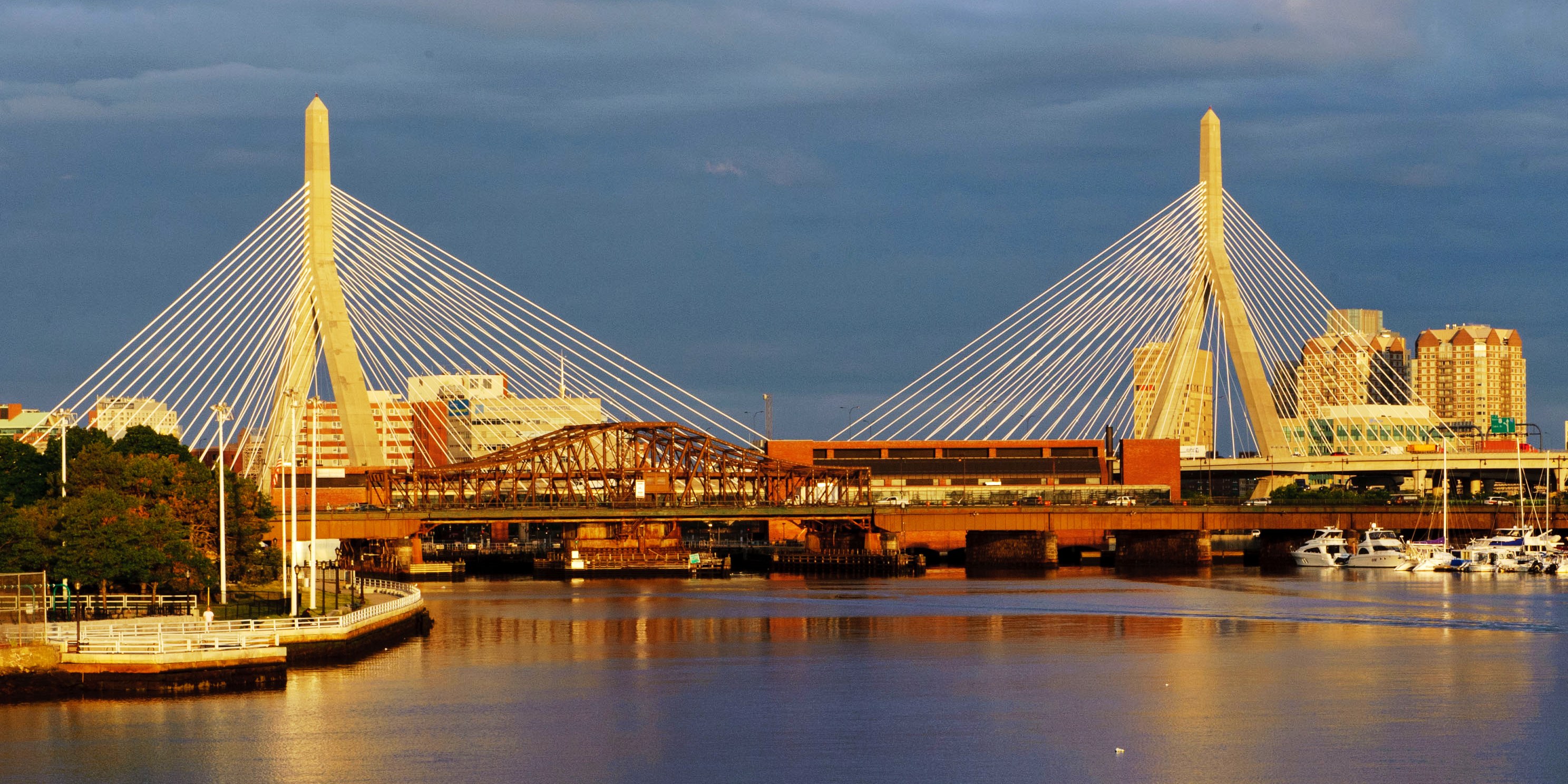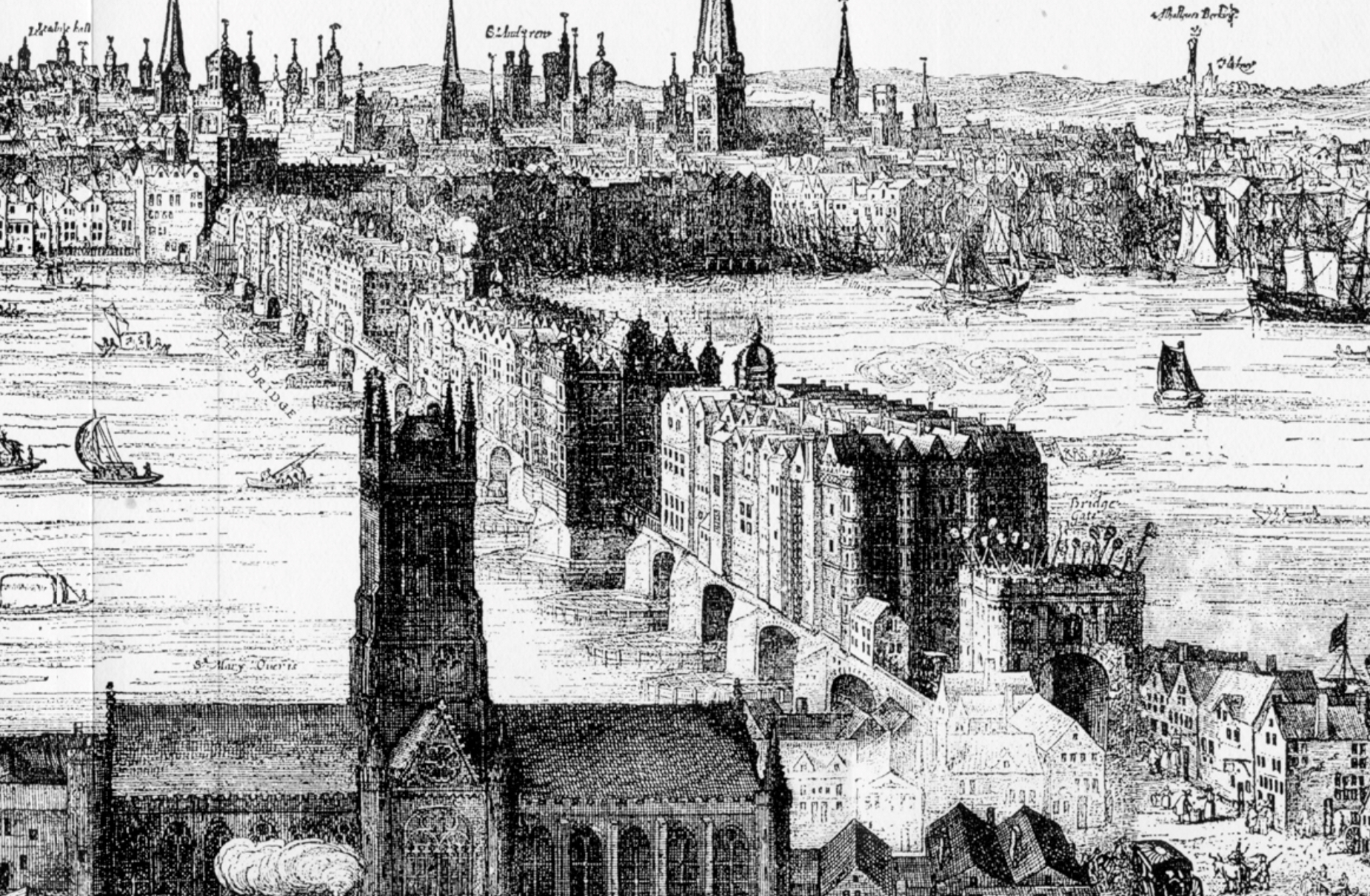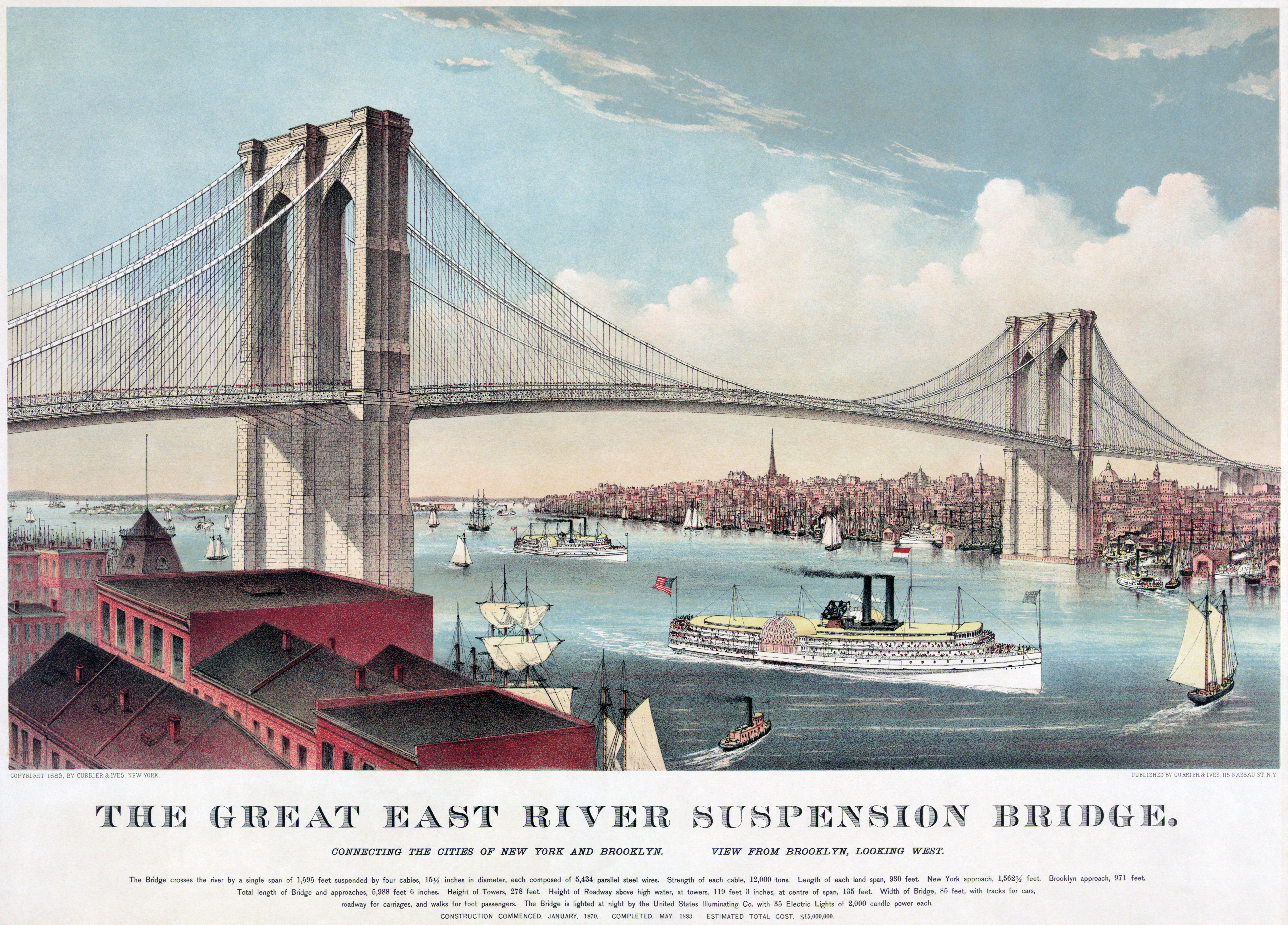
The tragedy of the Francis Scott Key Bridge brings deep sorrow for those lost and injured, as the search for those still missing continued after the accident. The Baltimore bridge was slammed by cargo vessel Dali after the 984 foot (299 meters) ship lost power and could not avoid collision. A MayDay call was sent, but it was too late. Citizens in the area rushed to help, forming a human blockade to prevent oncoming traffic from entering the bridge access.

While using waterways for transport is an ancient idea, and has recently been championed by European transport experts as more environmentally beneficial, the size of cargo ships must be considered. Europe has 23,000 miles (37,014 kilometers) of waterways: using canals and rivers for cargo transport could reduce emissions from trucks. Presently, 6.5 million trucks deliver goods across Europe, while rail carries just 5% and rivers 2%. European port operator Haropa proposed rivers and canals as a means of cargo delivery. But when European canals, as well the American Erie Canal were built, and the bridges that span these waterways, cargo vessels carrying goods were smaller.

Now, the size of the average cargo ship is considerably larger. Ships that have problems can cause major trouble, like the container ship Ever Given that got stuck in the Suez Canal. In the first three months of 2024, cargo ships have hit bridges in Argentina, China, and the United States. Some would question if waterways, and bridges, are ready for the size of cargo vessels now used. The Port of Baltimore is the 11th largest in the United States. It is an important transport center, but what are the limits of the ships that traverse its waters? What safety measures need to be in place in the world’s ports? Coastal cities around the world are some of the most important ports. Baltimore is one; Boston is another. Will sea level rise threaten the safety of ports?

While the Francis Scott Key bridge was not structurally deficient (although there has been comment on its structural redundancy, a term for extra support that can compensate for damage preventing collapse, as well as pier protection) and was certified as completely up-to-code, too many of our spans are in need of strengthening. Bridges last about 50 years before showing problems. The age of the average bridge in the United States is 42. A study by the American Road and Transport Builders Association (ARTBA) revealed that 36% of U.S. bridges – 222,000 – are in need of repair. The total cost? $319 billion. How much is currently allocated? $3.2 billion.

Bridges were once, and remain, so important to city planning and security that in ancient Rome, only the Pope and a small cadre of bishops had the right to authorize a bridge. From that historic beginning, we get our word “pontiff” (Latin “pontifex” from “pons” (bridge) + “facere” (to do or make). Only the Pontiff of Rome could issue a bridge permit. In olden days of China, there was a bridge over which only the Emperor could walk.

Many transport historians might mark stages of civilization by connections formed via bridges. London Bridge changed the commerce of the city. Its span was the location of what may be one of the first shopping malls: retail stalls built along the structure paid rent that helped support bridge repairs. London Bridge is significant, too, for what was perhaps the first worker’s compensation plan, according to King John’s document of authorization to the Lord Mayor of London.

Bridges can raise the spirit: the Brooklyn Bridge has inspired more poetry than any other bridge in history. Hart Crane’s “To Brooklyn Bridge,“offers reflections upon the span. The bridge is also connected to philosophy: it began in the mind of John Roebling who contemplated teachings of his professor at the Royal Polytechnic in Berlin: the philosopher Hegel. It was one of Hegel’s theories that gave Roebling the idea: it came to him in a flash during a hike in Bamberg. He sat down on a rock and sketched what would become the Brooklyn Bridge.

British spans were recently studied: 17 were found to be in danger of collapse and 37 were on the watch list. The Hammersmith Bridge across the Thames River showed cracks in the 100+ year-old structure, causing the banning of vehicles since 2019.

European Union bridges tend to be on the older side: many were built as part of the Marshall Plan, just after World War II in the mid 1940s. Germany’s Leverkusen Bridge developed concrete cracks and was closed to heavy vehicles in 2012. In 2018, Italy’s Morandi Bridge connecting Genoa to France collapsed in a drenching rain storm. Built with only one pair of cable stays to support each section, vulnerability may have been inherent in the design.

Climate change and attendant extreme weather, including intense winds and storms creating waves and floods, may affect bridges. In areas with drought subject to wildfire, bridges might need protection in parts of the span that may contain fiberoptic cable. Concrete may seem strong, but it cracks at 500 degrees Fahrenheit and melts at 2,500 degrees. Innovations like “First Line Fire Blankets” can be applied to bridges, power cables, and even gas pipelines. Make of E-glass fiber that resists thermal conductivity, “fire blankets” can be retrofitted to protect critical infrastructure.

Older bridges may be supported by vigilance and retrofitting. Newer construction has opportunities for innovation. China’s Belt and Road Initiative, connecting Asia all the way to Africa and Europe, may tally $8 trillion. Financed in part by loans to countries that agree to the building of bridges, ports, roads, railways, China’s debts-owed increased 20% since 2013 when the project launched. More than 68 countries have signed on to participate in the project that will involve 65% of the world’s entire population. Bridges in the plan include the China-Maldives Friendship Bridge, Maputo Bay Bridges in Mozambique, Mohammed VI Bridge in Morocco, and the Peljesac Bridge in Croatia. Decisions made about bridge design, strength, maintenance, and technology may determine the future of the much of the world’s connectivity over water, and also over terrain needing aerial bypass. What are some ways bridges can be improved?

Meanwhile, Baltimore mourns. If you would like to help those affected, you may help here and here.
ARTBA. “2023 Bridge Report: 222,000 U.S. Bridges Need Major Repairs.” 18 August 2023. https://www.artba.org/news/artba-2023-bridge-report-222000-u-s-bridges-need-major-repairs/
Bridge Masters, Inc (BMI). “First Line Fire Blankets: Superior Bridge Utility Protection.” 15 September 2017. https://bridgemastersinc.com/first-line-fire-blankets-superior-under-bridge-utility-protection/
Brooke, K. Lusk. “Brooklyn Bridge.” Building the World Blog. https://blogs.umb.edu/buildingtheworld/bridges/1480-2/
Brooke, K. Lusk. “TRANSPORT: Suez Canal.” 31 March 2021. Building the World Blog. https://blogs.umb.edu/buildingtheworld/2021/03/31/transport-suez-canal/
Jester, Julia. et al., “At least 6 people unaccounted for after cargo ship crash levels Baltimore bridge.” 26 March 2024. NBC News. https://www.mbcnews.com/news/us-news-maryland-bridge-collapse-francis-scott-key-bridge-boat-baltimore-rcna145047
McBridge, James, et al., “China’s Massive Belt and Road Initiative.” 2 February 2023. Council on Foreign Relations. https://www.cfr.org/backgrounder/chinas-massive-belt-and-road-initiative
Topham, Gwyn. “More than 3,200 UK bridges need repair, local authorities say.” The Guardian. 25 March 2022. https://www.theguardian.com/world/2022/mar/25/more-than-3200-uk-bridges-need-repair-local-authorities-say
Yeung, Jessie. “Three ships have hit bridges in different countries – in just three months. Should we be worried?” 27 March 2024. CNN. https://www.cnn.com/2024/03/27/world/bridge-accident-dangers-baltimore-collapse-intl-hnk?cid=ios_app
Building the World Blog by Kathleen Lusk Brooke and Zoe G. Quinn is licensed under a Creative Commons Attribution-NonCommercial-NoDerivs 3.0 U
